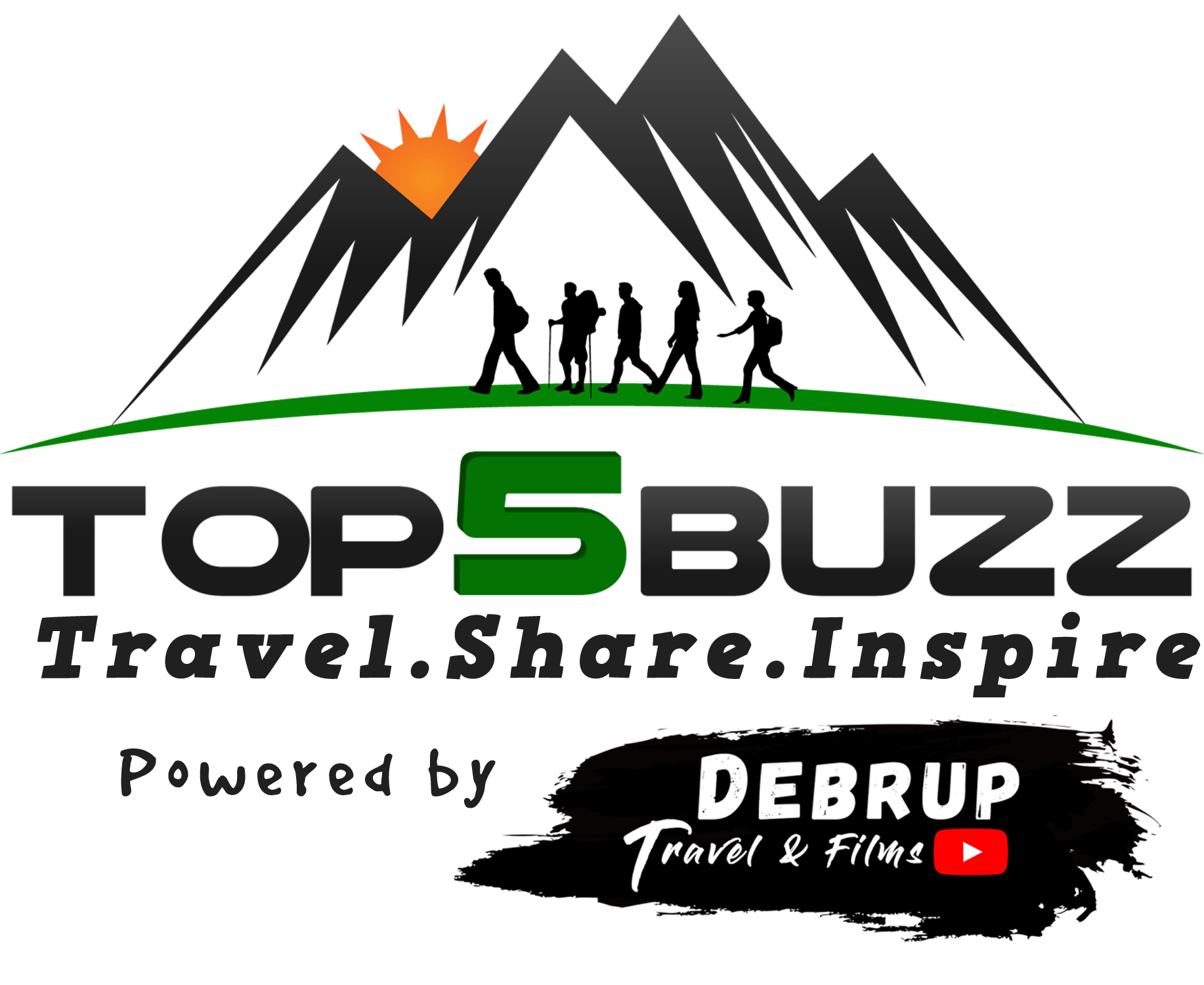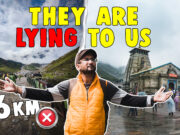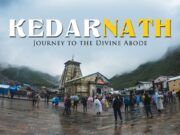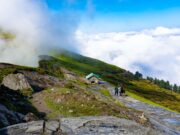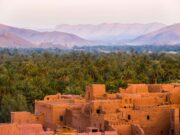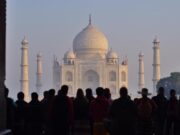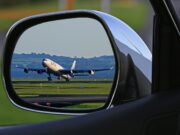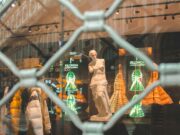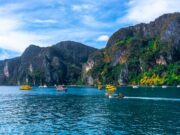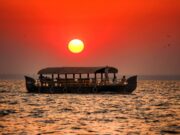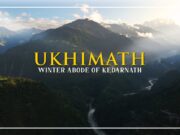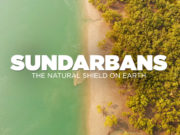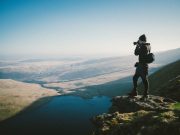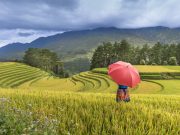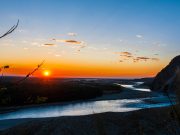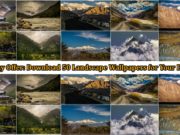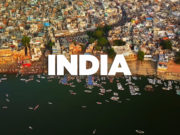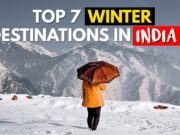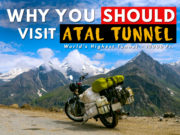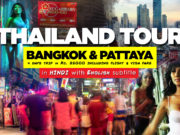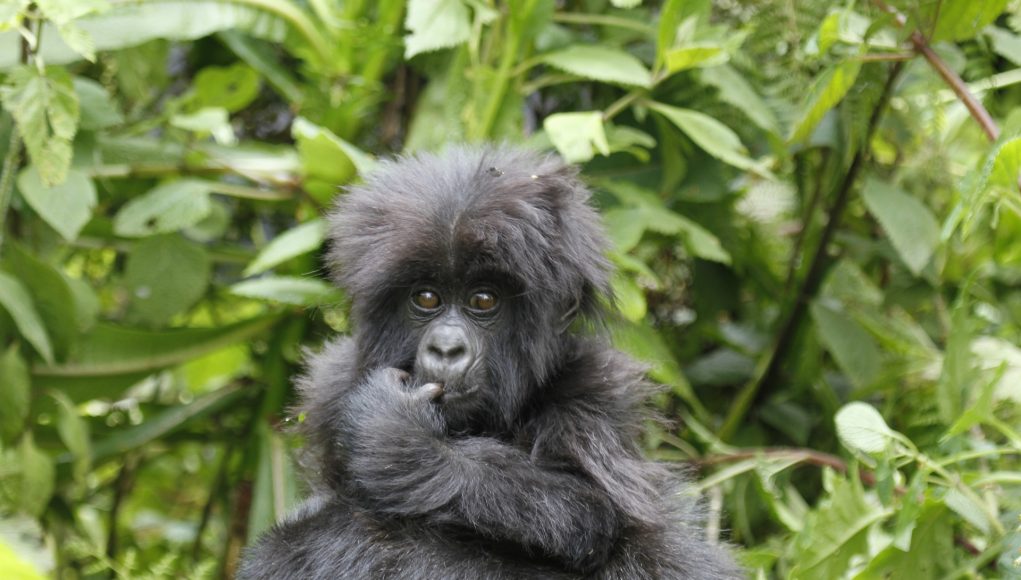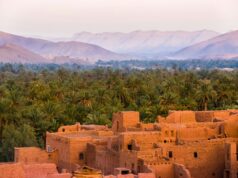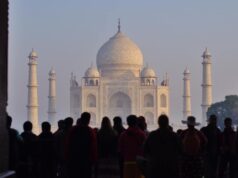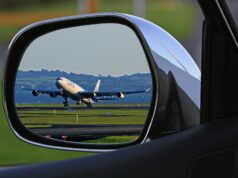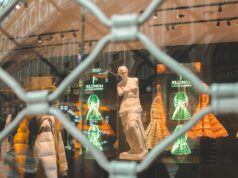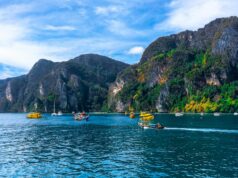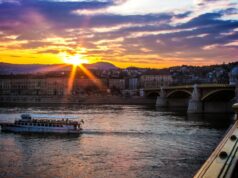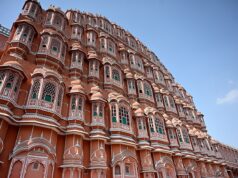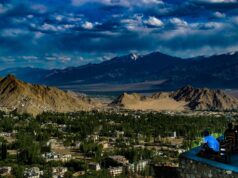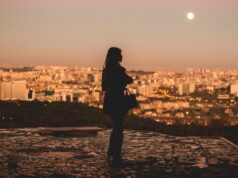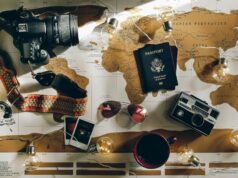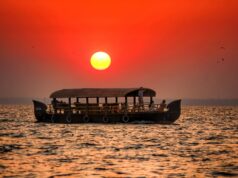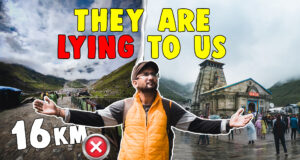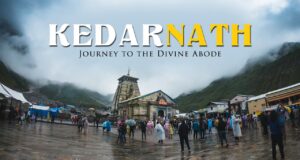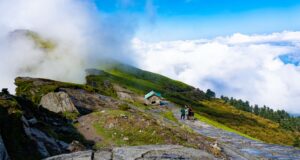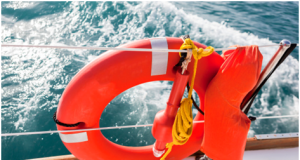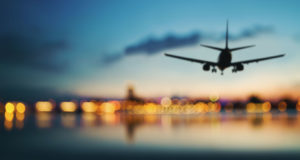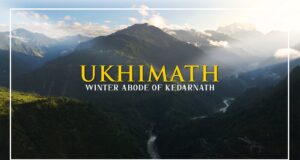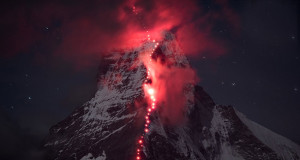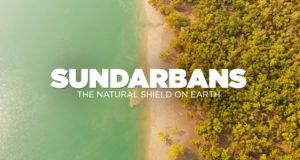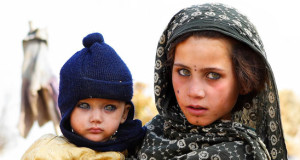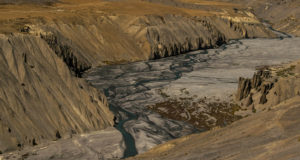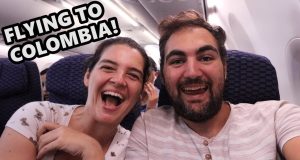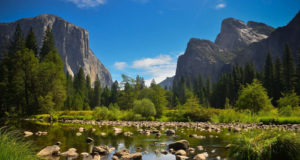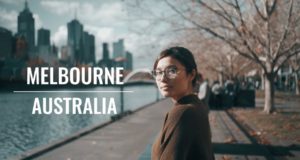Although the worldwide outbreak of Covid-19 disrupted everything including travel, it is now possible to visit Uganda as their airspace is now open. The country reopened for tourism in October 2020 and there are multiple flights from various countries who fly to Uganda.
A good number of travelers have resumed planning their trips to see the mountain gorillas in their natural home.
At the time of breakout of the Corona Virus to the whole world, Uganda decided to suspend tourism activities in all its national parks. Nothing was known about the possible spread of the Corona Virus to the primates. This was aimed at limiting the possible spread of the novel virus to the endangered animals.
After equipping and training the officials on how to handle the tourists, tourism activities resumed in the park including gorilla trekking in Bwindi and Maghinga National Park. A lot has changed and strict Standard Operating Procedures (SOPs) have been put in place to ensure safety of both the great apes and the tourists. This article highlights all what you need to know about what it takes to go on a gorilla safari in Uganda during the Covid times.
Why Go Gorilla Trekking
Gorilla Trekking is one of the most popular wildlife safari experiences that you can only have in Africa. Unlike other gorillas, the mountain gorillas are only found in three countries in Africa; Uganda’s Bwindi and Mgahinga Forests, Rwanda’s Volcanoes National Park or Virunga National Park of the Democratic Republic of Congo. On a gorilla trek, you will come face to face with the mountain gorillas in the wild. You will sit just a few meters from the giant gorillas in their natural home with no barrier between you and the great apes.
Since a gorilla trek grants you an opportunity to meet these rare apes in their natural habitats, it is important to ensure safety of both tourists and the great apes. Since the outbreak of the novel Corona Virus, this adventure isn’t the same as it used to be. Here are the new set SOPs that you need to know and be aware of;
For travelers intending to visit Uganda, you need a negative PCR Covid-19 certificate in order to gain entry into the country. The test must have been done within 72 hours before your arrival into Uganda.
Travelers are encouraged to maintain social distancing at all times. It is also important to sanitize using the automatic hand sanitizing machines installed on various outlets on the airport’s premises.
Another thing you should expect on arrival is the screening test conducted to check whether you have any symptoms of the virus like dry cough, high temperatures, difficulty in breathing and fever.
When everything is fine with you, then nothing can limit you from continuing with your gorilla trek in Uganda.
Make sure to follow everything as it’s directed by officials, especially when you get to places gazetted for gorilla trekking. Tourists are encouraged to carry N95 masks that are to be worn even during the gorilla trek.
Please be aware that this activity usually includes treks via rugged trails through the Jungle while searching these great apes. When located, only a period of hour is allowed in their presence. Use it to see them feeding, playing, laughing and also take plenty of its pretty photos and videos.
Where to go for Gorillas in Uganda
Uganda has two protected areas that provide good habitat to mountain gorillas. These are Bwindi Impenetrable and Mgahinga Gorilla National Park. Both parks have been reopened for gorilla tourism.
Of the two gazetted areas, Bwindi Forest has the biggest percentage of the world’s remaining population of the mountain gorillas. It hosts 459 mountain gorillas and about nineteen gorilla families have been fully habituated for tourist visits. Besides the mountain gorillas, these parks are home to other unique wildlife species such as the golden monkeys in Mgahinga, wild elephants and chimpanzees in Bwindi, a good number of reptiles and amazing plant life etc.
The Cost of Gorilla permits
For anyone to meet gorillas in the Jungles, you must possess a gorilla permit. The gorilla permits for Uganda are issued by the Uganda Wildlife Authority (UWA) and you will be given a card for single use on the respective booked dates. A gorilla permit allows you to visit a habituated gorilla family in a group of eight tourists.
When its date expires, the permit becomes invalid. Currently, there is an offer for post-covidrravel where a gorilla permit has been discounted to US$400 for travels up to 30th June 2021. After the promotion, the permit price will be the usual US$700 per person. You can easily secure one by making a reservation through a local tour operator.
What to pack for the adventure
The list of things to pack for your Uganda Gorilla trek is endless. However there are essentials that should not miss in your backpack;
The usual list included a pair of strong hiking shoes (jungle boots are highly recommended), insect repellents, long sleeved shirts and trousers. You can also consider packing head shocks, a pair of garden gloves, hut or cap, sunglasses, waterproof bags and jackets.
Don’t forget to bring a camera of good quality and remember to switch off your flashlight when taking photos. For those who love photography endeavor to include extra storage cards, batteries, lenses, and charging devices.
Don’t forget to cater for your leisure time, note books, a personal computer, and mp3 music players are also essential.
N95 Masks are a requirement for those looking to gorilla trekking in Uganda. If you don’t have one a two layered cloth mask can also be used.
Conclusion
A gorilla safari is a lifetime adventure. Thousands of travelers have rated this experience as one of the most intriguing journeys that they have ever taken in the world. If you have not yet visited the great apes, you only need to choose one of the parks, reserve a gorilla permit and follow the set SOPs and guidelines and hit the road. If all that is met, I am sure you will have an exceptional meet up with the mountain gorillas in Uganda, the Pearl of Africa.
